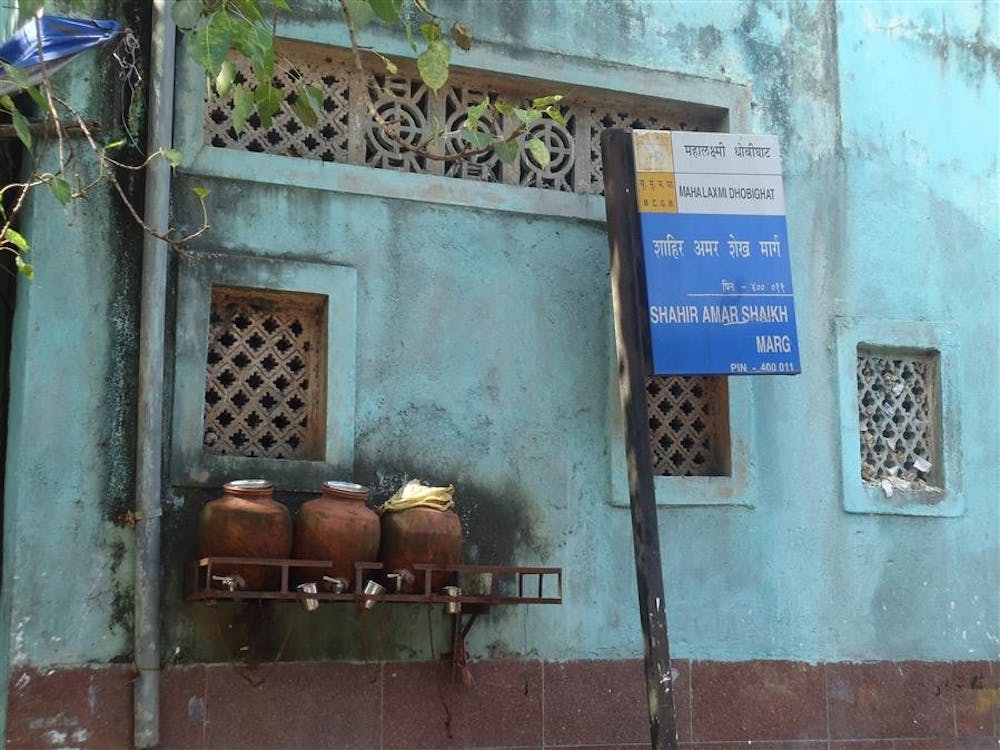Learning a new language is incredibly difficult.
Growing up speaking and writing English is a privilege.
I can’t imagine trying to learn its inconsistent conjugations, pronunciations and grammar rules as a second, third or even fourth language.
But in India, it’s a given that any educated person will speak at least two or three languages, including English.
Hindi and English are the two languages of the government of India.
The constitution officially recognizes 22 languages, though it is estimated several hundred native languages are spoken throughout the country.
After India became independent in 1947, it wasn’t a unified nation as much as a conglomeration of provinces and princely states.
Each region had its particular language, religion and culture. States were created largely using the existing British administrative structure.
Additional states were added in the 1960s based on linguistic differences.
Tamil-speaking areas, originally grouped into the larger Madras State upon Indian independence, became Tamil Nadu.
Bombay State split into Gujarat, populated by people who spoke Gujarati, and Maharashtra for Marathi speakers.
Telegu speakers live in Andhra Pradesh, although many will live in Telangana when the state is bifurcated next year.
English, Urdu and Telegu are the official languages of Andhra Pradesh.
Signs in Hyderabad can be in English, Hindi, Telegu, Urdu or any combination of the four languages.
It’s amusing to think Americans flip out when the ATM asks them to choose English or Spanish.
Hindi is my third attempt to learn a foreign language.
After four years of French in high school and two years of Spanish at IU, I’ve retained only a basic working knowledge of either language.
Meanwhile, my 11-year-old host sister can proficiently speak, write and read Telegu, Hindi and English. She’s learning French at school, which I try to help with when possible.
I’m sure her knowledge will surpass mine fairly soon.
My host father is in town this weekend from Mumbai. His native language is Marathi. My host siblings understand and speak basic Marathi, but primarily speak Hindi around him for my host mom’s sake.
Hindi is a phonetic language. The first obstacle is learning Devanagari script, which uses consonants as its alphabet with vowels added after.
Once vowel signs and half letters are sorted, it’s just a matter of pronunciation and memorization.
My program in Hyderabad didn’t have a language prerequisite but required us to study a language while here.
Two people took Telegu. No one chose to learn Urdu. Nearly everyone chose to study Hindi.
While my Hindi abilities are still dubious, attempting to learn Hindi has made me way more sympathetic to misspelled English signs found around the city.
If English made any phonetic sense, quality would be spelled “kwality.” That’s how it’s spelled when directly written using Devanagari script.
The frequent use of the letter z instead of s, however, has nothing to do with phonetics and is unforgivable.
— kmthacke@indiana.edu
Follow columnist Kate Thacker on Twitter @KatelynThacker.
Column: English vinglish

Get stories like this in your inbox
Subscribe





